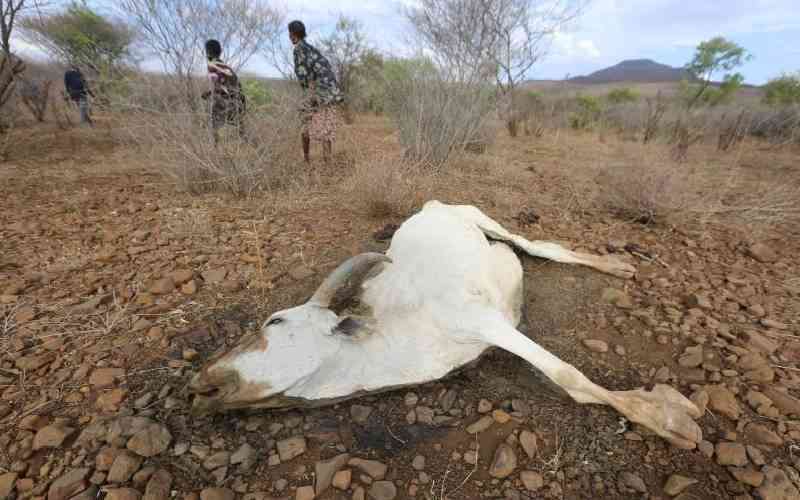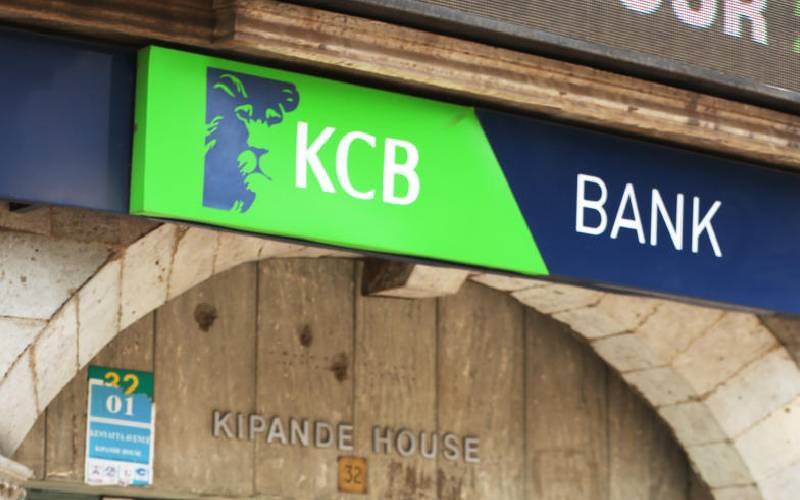×
The Standard e-Paper
Stay Informed, Even Offline
NAIROBI: Controlling pests in maize at the growing stage is an important measure in reducing damage, which leads to loss in the overall yield at harvest.
Some common pests in maize at early stages of growth include stem borers, aphids, chaffer grubs, bollworms, thrips and beetles.







